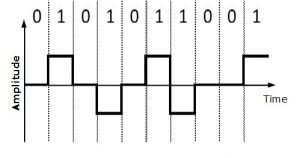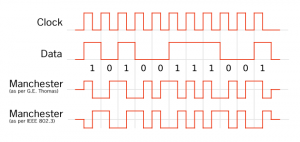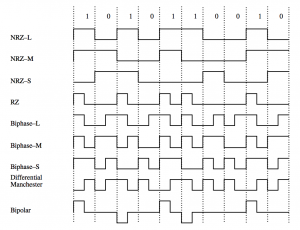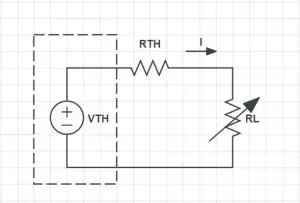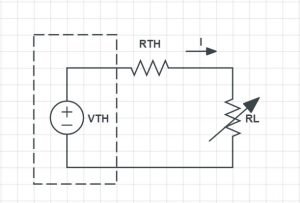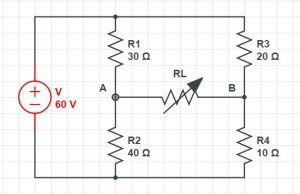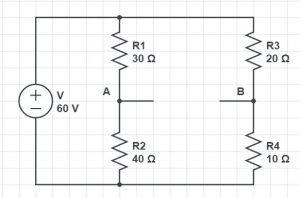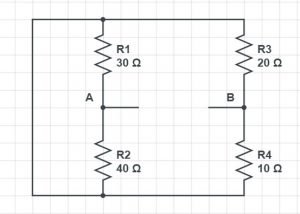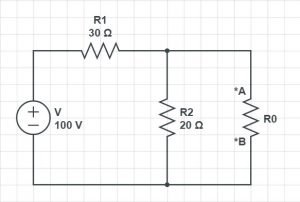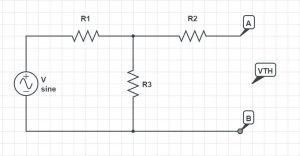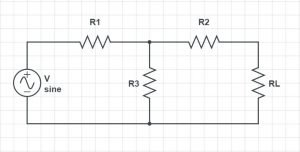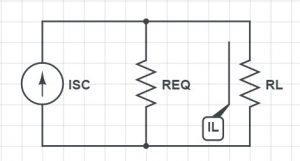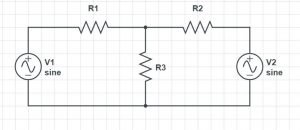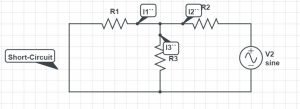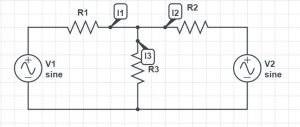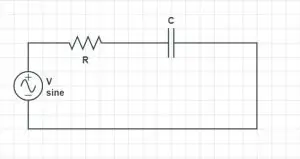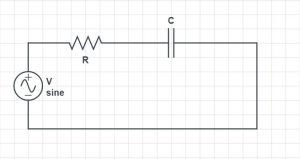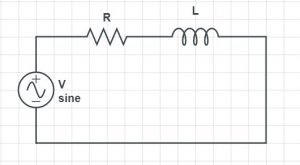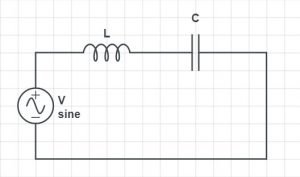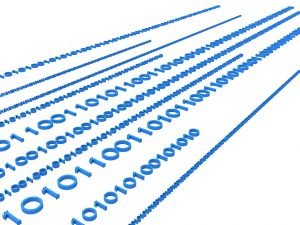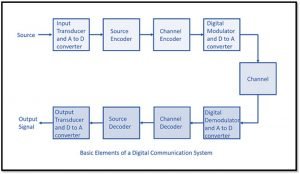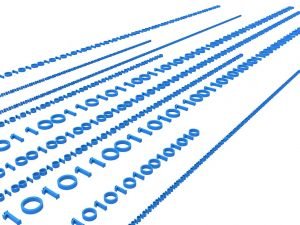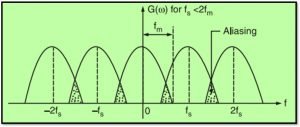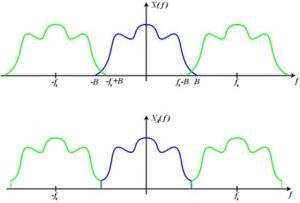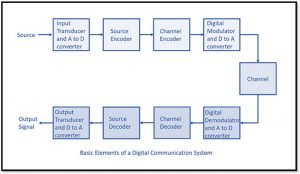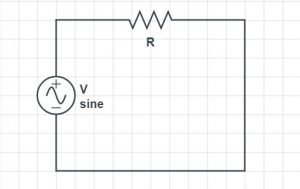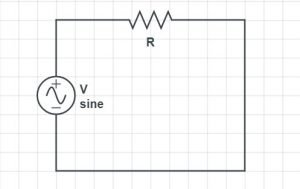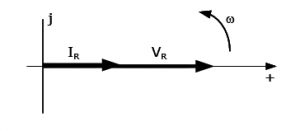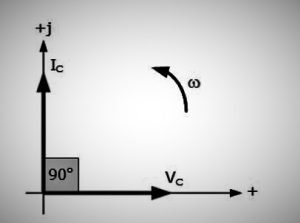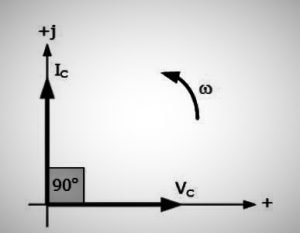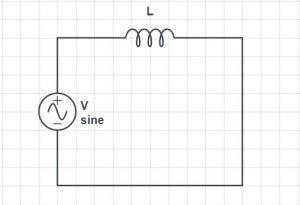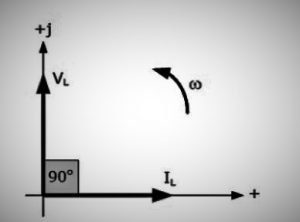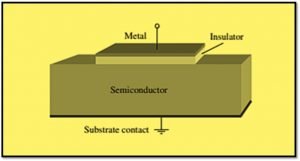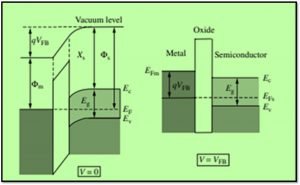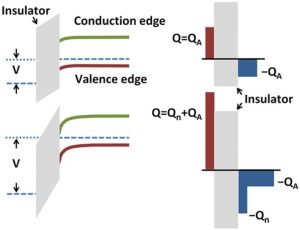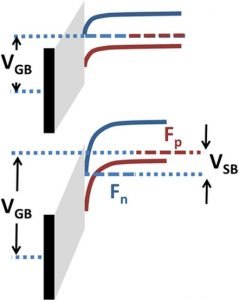CONTENTS: Equalization and eye pattern in Digital Communication
- What is equalization ?
- Role of an equalizer
- Eye pattern
- What is ISI
- Zero forcing equalizer
What is Equalisation in Communication?
Definition of Equalisation:
“Equalisation is a special process which includes a device called ‘equalizer’ that is employed to reverse the distortion caused by a signal transmitted through a particular channel.”
In communication system, the main purpose of utilizing equalisation is remove inter symbol interference and recovery of the lost signals.
What is the role of an Equalizer?
When a pulse train passes through a transmission medium or channel, the pulse train is attenuated and distorted. The distortion is produced by “high-freq. constituents of the pulse-train’s attenuation”.
The process of correcting such channel-induced distortion is called equalization. A filter circuit, which is used for effecting such equalization is called an equalizer.
Ideally an equalizer should have a frequency response, which is inverse of that of the channel. Thus, an equalizer is designed such that the overall amplitude and phase response of the transmission medium and the equalizer connected in cascade is same as that for distortion-less transmission.

Let us consider a communication channel with a transfer function Hc(f).
The equalizer has a transfer function Heq(f) and it is connected to the communication channel in cascade as shown in the figure above.
The overall T.F of the combination is Hc (f) Heq (f).
For distortion-less transmission it is necessary that
Hc (f) Heq (f) = K exp (-j2πft0)
Where, K = a scaling factor
to = constant time delay
Thus, Heq (f) =
What is Eye Pattern?
Give brief insight about Eye Pattern used in equalisation:
Inter symbol in a PCM or data transmission system can be studied experimentally with the help of a display in the oscilloscope. Now the received distorted waves are functional to the vertical deflection plate of the oscilloscope and saw-tooth waves at a transmitter having symbol-rate of R = 1/T is puts on to the horizontal plate. The resulting display on the oscilloscope is called an Eye Pattern or Eye Diagram.
Eye Pattern or Eye Diagram is named for the reason of its similarity to the human-eyes. The inner area of the eye-pattern is termed the eye-opening.

In an eye pattern set up, digital signal is generated by the digital source. The digital signal is carrying through the channel which generates inter-symbol interference. The digital signal tainted by ISI is applied to the vertical input of the CRO. External sawtooth time base signal is applied to the horizon input of the oscilloscope. The sawtooth generator is triggered by the symbol clock which also synchronizes the digital source. As a result, eye pattern is displayed on the screen of the oscilloscope.
What information we receive from Eye Pattern?
An eye pattern makes available the following info about the performance of a digital communication system:
- The width of the eye opening designates by the interval time over that a received wave could be sampled without error from the ISI. The ideal time of sampling is the instantaneous time at which the eye is wide-opened. The instant is shown as ‘best sampling time’ in the eye pattern above.
- The height of the eye opening at the quantified sapling time is the degree of the margin of channels noises. This is shown as ‘margin over noise’ in the diagram above.
- The sensitivity of the system to timing error is calculated by the rate of the closure of the eye as the sampling times are wide-ranging.
- The non-linear transmission distortions represented through asymmetric or squinted eyes.
How many types of Equalizer are there?
Important types of equalizer:
- Linear Equalizer – its function is to process the incoming signal with the linear filter.
- MSME Equalizer – Its function is to minimize the filter and to remove the error
- Zero Forcing Equalizer – calculates the inverse of a channel with a linear type of filter
- Adaptive Equalizer – basically this is also a linear equalizer which helps to process the data along with some equalizer parameters.
- Turbo Equalizer – this type of equalizer provides turbo decoding.
What is a Zero Forcing Equalizer?
In a tapped-delay linear filter it is possible to minimize the effect of inter-symbol interference by selecting {Cn} i.e. the tap coefficient so that the equalizer output is forced to zero at M sample points on either side of the desired pulse.
This means that the samples tap coefficient are chosen so that the output samples {ZK} of the equalizer will be given by,
1 for k = 0
ZK =
0 for k = ±1, ±2, ……. ±M
The required length of the filter i.e., the no. of tap coefficient is a function of how much smearing the channel might acquaint with. For such a zero-forcing equalizer with finite length the peak ISI will be minimalized if the eye-pattern is primarily opened.
Nevertheless, the eye is regularly closed before equalization for high-speed transmission. In such a case xero forcing equalizer is not always the best solution since such an equalizer neglects the effect of noise.
What is the Inter-symbol Interference (ISI)?
Define the term ISI in connection with the communication system:
When digital data are transmitted over a band-limited channel, dispersion in the channel causes an overlap in time between successive symbols.
This effect is known as Inter-symbol Interference (ISI).
A baseband communication system can be considered as a low pass filter. It has limited bandwidth and non-linear frequency response. So when digital pulses are transmitted through this channel, the shape of the pulses get distorted. Because of this distortion, one distorted pulse will affect another pulse and the cumulative effect of this distortion will make the decision process in favour of ‘one’ or ‘zero’ erroneous.
For more articles click here
